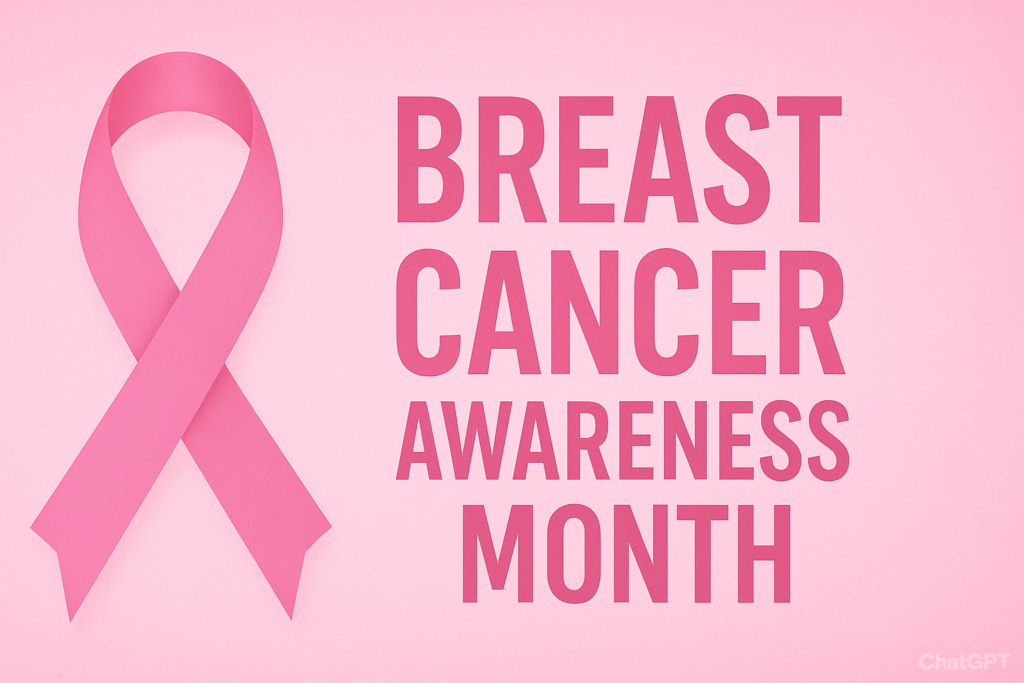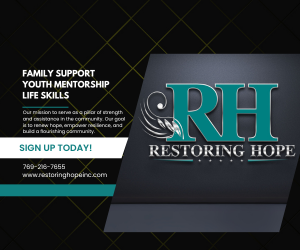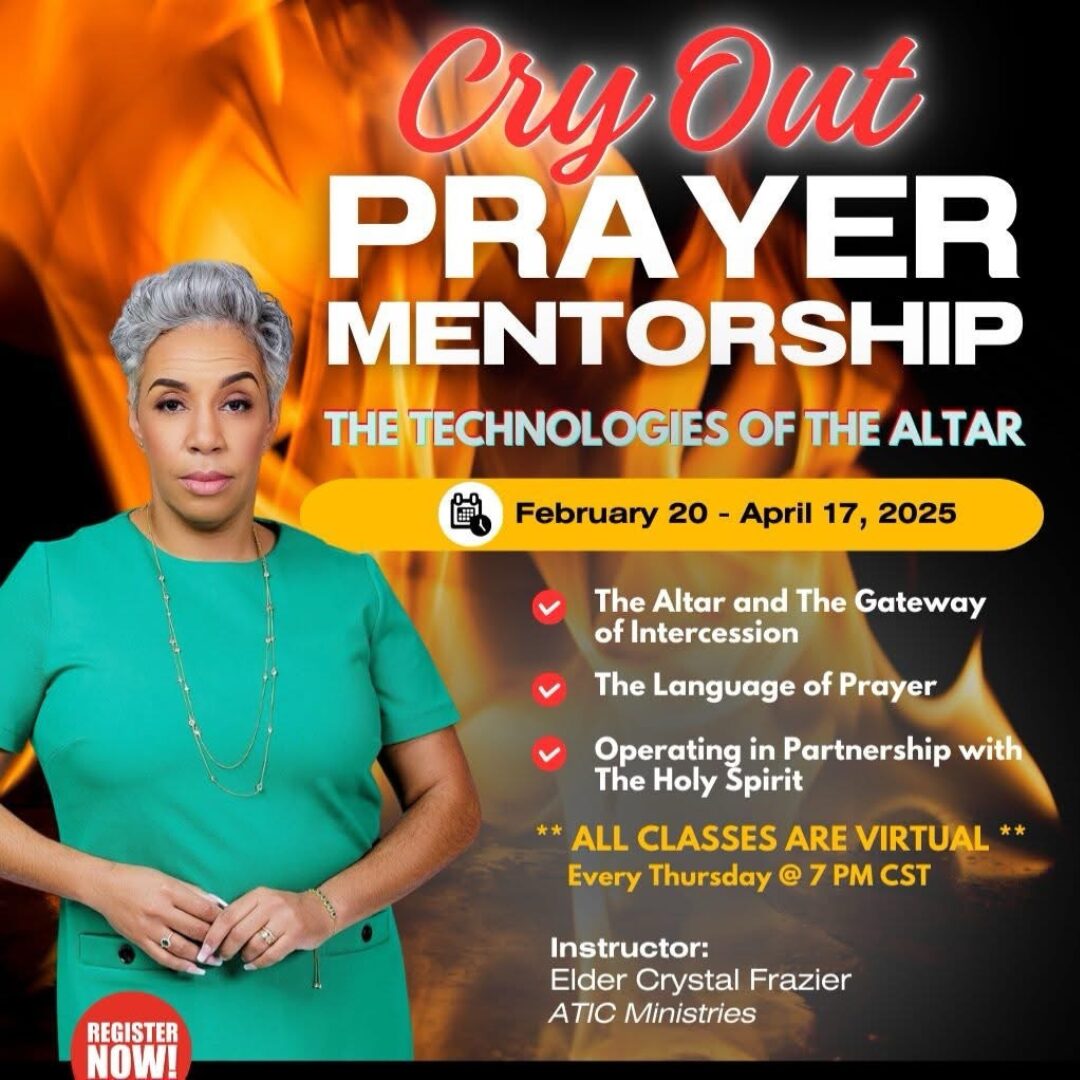Major Takeaways
Early detection through mammograms and self-exams drastically improves survival rates.
Support networks and survivor stories highlight the importance of community involvement.
Breast Cancer Awareness Month in October pushes prevention, education, and advocacy beyond a single month
Standing Strong: Breast Cancer Awareness Month in October Inspires Prevention and Hope
Every October, the world turns pink as communities unite for Breast Cancer Awareness Month—a campaign that carries more weight than ribbons and slogans. It’s about education, early detection, support for survivors, and fighting back against one of the most common cancers impacting women worldwide.
While advances in research and treatment have improved survival rates, the reality remains sobering: breast cancer is the most diagnosed cancer among women globally, with over 2 million new cases reported every year. In the United States alone, about one in eight women will face a breast cancer diagnosis in her lifetime. Awareness and early detection remain the sharpest tools we have in reducing mortality.
Why October Matters
October isn’t just about pink merchandise or charity runs—it’s about taking a hard look at our health. The month serves as an annual reminder for women (and men, who can also be diagnosed) to schedule mammograms, perform regular self-exams, and learn the risk factors.
Health organizations, local clinics, nonprofits, and survivor networks use the month to amplify stories, share resources, and push forward research funding. For many families, October is personal: it’s a time to remember loved ones lost, celebrate survivors, and rally communities to fight harder for cures and support systems.
The Power of Early Detection
When detected early, breast cancer can often be treated successfully. According to the American Cancer Society, the five-year relative survival rate for localized breast cancer is 99%. But those odds fall sharply if the cancer spreads to other organs. That’s why early detection remains a lifesaving strategy.
Key Steps for Prevention and Detection:
Self-exams: While not a replacement for medical screening, becoming familiar with your own breast tissue helps you notice changes quickly.
Mammograms: Women over 40 are encouraged to schedule annual mammograms, though family history may warrant earlier and more frequent screening.
Genetic Testing: BRCA1 and BRCA2 gene mutations significantly raise risk. Testing and counseling can guide preventive measures.
Lifestyle Choices: Maintaining a healthy weight, staying active, limiting alcohol, and avoiding tobacco can reduce risk factors.
Treatment Advances and Survivor Stories
Treatment for breast cancer has come a long way from one-size-fits-all approaches. Today, doctors rely on precision medicine—targeted therapies based on the cancer’s unique biology. Options may include surgery, radiation, chemotherapy, hormone therapy, immunotherapy, or combinations tailored to the patient.
Equally important are the voices of survivors. Their stories of resilience are more than inspirational—they’re proof of what’s possible when early detection, access to care, and community support align. Many survivors become advocates, reminding others that breast cancer is not a death sentence if caught early and treated properly.
Men and Breast Cancer: Breaking the Silence
While breast cancer is most associated with women, men are not immune. About 1 in 833 men will develop breast cancer in his lifetime. The problem? Many men ignore the symptoms, chalking them up to minor health issues. Awareness campaigns in October are beginning to highlight this overlooked reality, pushing for gender-inclusive conversations about detection and treatment.
Community and Support Networks
Breast cancer takes more than a physical toll—it affects families emotionally, financially, and socially. That’s why support networks are crucial. From local nonprofits offering rides to treatment, to national organizations funding research and patient assistance programs, resources are available year-round.
This October, communities across the nation will host awareness walks, educational seminars, and fundraising drives. These events do more than raise money—they build solidarity. They remind patients that they are not alone, and they give families a space to connect with others who understand their struggle.
Taking Action Beyond October
Breast Cancer Awareness Month is powerful, but the mission doesn’t end on October 31. Advocacy, prevention, and support are needed every day. For individuals, that means:
Scheduling regular checkups.
Talking openly with healthcare providers about risks.
Supporting local and national organizations fighting breast cancer.
Being there for friends and family members navigating treatment or recovery.
The Bottom Line
Breast cancer is a formidable enemy, but it is not unbeatable. Awareness leads to action, and action saves lives. This October, wear pink if you like—but more importantly, take steps that truly matter: schedule that mammogram, learn the signs, donate if you can, and support those in the fight.
Because breast cancer doesn’t wait until October. And neither should we.














